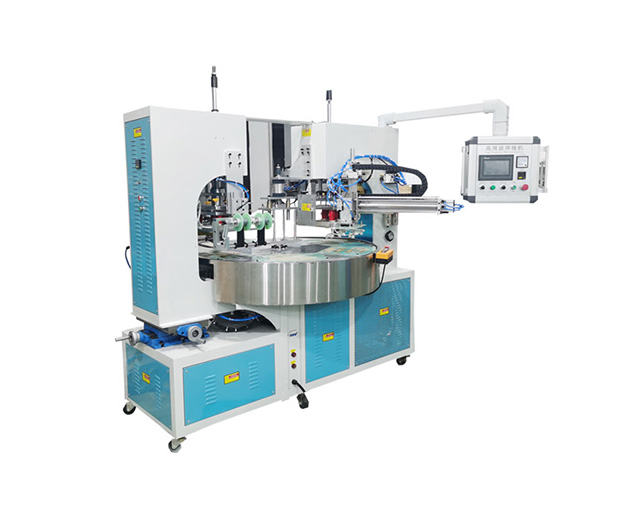Time:2025-07-25 Views:1 source:News

Effective fault diagnosis in roller embossing machines is crucial to minimize downtime and maintain product quality. Common issues range from mechanical failures to pattern irregularities, each requiring systematic troubleshooting to identify root causes.
Pattern inconsistencies, such as uneven depth or blurred edges, are often the first visible signs of problems. These can stem from roller misalignment—if the upper and lower rollers are not parallel, pressure distribution becomes uneven, resulting in lighter patterns on one side. To diagnose this, operators can use a pressure-sensitive film between the rollers; uneven color transfer indicates misalignment, which can be corrected by adjusting the roller’s side bearings. Another cause is worn roller surfaces: microscopic scratches or dents from debris create irregularities in the pattern. A surface inspection using a magnifying lens or 3D scanner can identify such damage, requiring roller reconditioning or replacement.
Temperature-related faults manifest as incomplete pattern adhesion (too cold) or material scorching (too hot). Thermocouples embedded in the rollers should be checked for accuracy using a calibrated infrared thermometer. If readings differ by more than 5°C, the thermocouple may need recalibration or replacement. Heating element failures, such as burnt-out coils in resistance systems, can cause localized cold spots; a continuity test with a multimeter identifies faulty elements, which should be replaced in sets to ensure uniform heating.
Mechanical issues often involve unusual noises, such as grinding or squealing. Grinding sounds may indicate worn gear teeth in the drive system, which can be confirmed by inspecting gear meshing under slow operation. Squealing typically points to insufficient lubrication in roller bearings; checking oil levels and viscosity (using a viscometer) ensures proper lubrication, with synthetic oils recommended for high-temperature applications. Vibration is another red flag—excessive vibration (measured with accelerometers) may signal unbalanced rollers, which can be rebalanced by adding weights to the roller’s counterweight system.
Material feeding problems, like jamming or uneven tension, are often due to faulty tension control systems. Sensors monitoring material tension should be calibrated to ensure they respond correctly to changes in material thickness; a malfunctioning sensor may apply too much tension, stretching the material and distorting the pattern. Additionally, worn feed rollers with reduced friction can cause slippage, diagnosed by marking the material and roller with ink—misaligned marks indicate slippage, requiring roller resurfacing or replacement with higher-friction coatings.
Read recommendations:
HF High Frequency tarpaulin Blister Sealing Plastic Welding Machine
1.2m Round Table PLC automatic Multi-Stations HF Welding machine
Automatic high frequency slide table welding and cutting machine
Complete control over products allows us to ensure our customers receive the best qualityprices and service. We take great pride in everything that we do in our factory.
